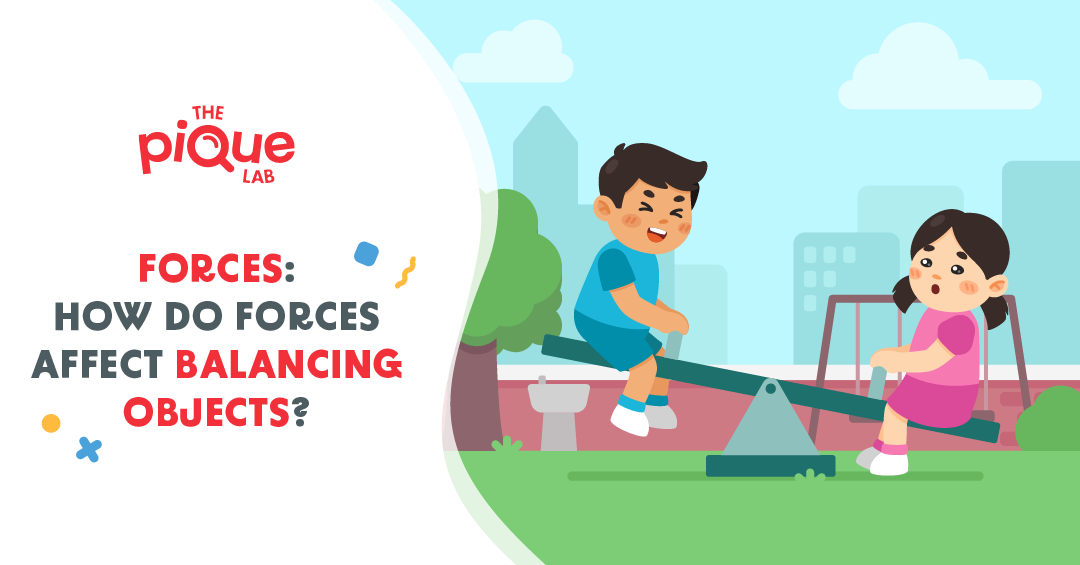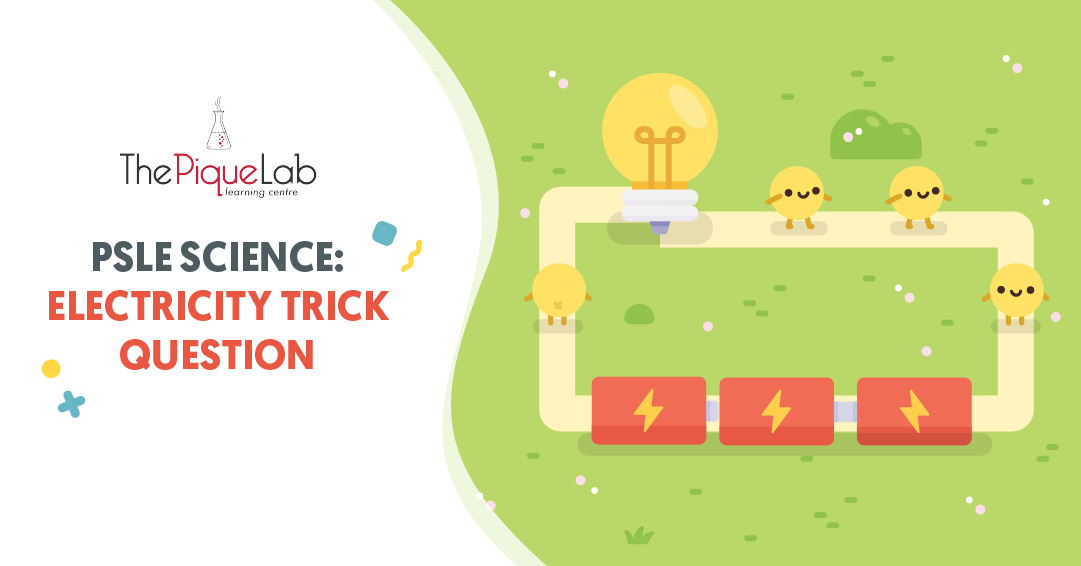Introduction
Today, we will be looking at two objects balancing on a rod. When we think of balance, an image of a traditional scale may come to your mind, with weight distributed equally on both sides.

Since we are talking about equal weight, we commonly think that gravity is the only force at work here. However, when you add magnets under the weights, there will be more forces acting upon the weights than simply gravity!
To understand this better, we will be analysing a question on Forces from the 2017 St. Nicholas Girls’ School (SNGS) P6 SA2 Examination Paper.
Let’s Take A Look At This Question

Source: CHIJ St. Nicholas Girls’ School – 2017 P6 SA2 Examination Paper [Q36]
Read Also:
Thought Process
As shown in the diagram below, Object T and Magnet X are balanced on the rod. As you can see here, Object T is on the left side and Magnet X is on the right side.

Source: CHIJ St. Nicholas Girls’ School – 2017 P6 SA2 Examination Paper [Q36]
📍 What Does ‘Balanced’ Mean?📍
‘Balanced’ means that the forces on the right side of the rod and the left side of the rod are equal.
And that’s where you can see that the plastic rod is horizontal.
Now, between the force pulling Object T downwards and the overall force pulling Magnet X downwards, are they the same or different?

Here, they are going to be the same.
Moving on to Magnet Y. Magnet Y is below Magnet X.

If we look closely at Magnet X and Magnet Y, what can we tell about the interaction between these two magnets?
📍 What Is ‘Interaction?’📍
When we say “interaction”, we are referring to magnetic force of attraction and magnetic force of repulsion.
Do you think the magnets are attracting or repelling?
If we take a closer look, we can see that the like poles of the magnets are facing each other. The north pole of Magnet X and the north pole of Magnet Y are facing each other.
When the like poles of magnets are facing each other, will they attract, or will they repel?

Magnets X and Y will repel, so there will be an upward force on Magnet X, and there will be a downward force on Magnet Y. This is caused by the magnetic force of repulsion.
Let’s Analyse Part (A)
“Is Object T less than, equal to or greater than 50g?”
To answer this question, we have to identify the forces involved. Besides the magnetic force of repulsion between Magnets X and Y, is there any other force that we need to consider? Does Object T have any force acting down on it?
If we were to list out the 4 types of forces that you have learnt so far, we have:
- Gravitational force
- Frictional force
- Elastic spring force
- Magnetic force of attraction or repulsion (This is the force that we have mentioned earlier.)
Which force are we going to look at?
We are going to look at gravitational force. There will be a gravitational force acting down on Object T because Object T has what we call “mass”.
If you take a look at the right side of the plastic rod, does Magnet X have mass?
Yes, Magnet X has a mass of 50g, which is indicated in the diagram.
To make it simple for you to understand, we will take the 50g of mass to be 50 units of force pulling Magnet X downwards.
Let us draw a downward arrow. I’ll write GF and I’ll put a bracket, 50 u.

Now, can you tell what is the force acting down on Object T?
At this point, you may think that since the plastic rod is balanced, there must be 50 units of force acting down on Object T as well. Is that correct?
That’s not correct! force acting down on Object T is NOT 50 units. Why is that so?
Let’s focus on Magnet X again.
When you look at Magnet X, there is gravitational force pulling it downwards, and we say that 50 units of gravitational force are pulling Magnet X downwards.
Is there any other force acting on Magnet X?
Do you remember this upward arrow that we drew earlier?

This upward arrow represents the magnetic force of repulsion.
That means there’s going to be a push force pushing Magnet X upwards.
Since there’s a push force pushing Magnet X upwards, do you think Magnet X will now be lighter or heavier?
Magnet X is going to be lighter.
📍 Does Lighter Mean Smaller?📍
“Lighter” doesn’t mean that it has a smaller mass.It means that the overall force acting on Magnet X is going to be smaller!
We don’t necessarily know how much force is pushing Magnet X upwards, but to make this simple for you to understand, we will indicate this upward force as 10 units of force.
Now, you have a gravitational force of 50 units pulling Magnet X downwards, and you have 10 units of magnetic force of repulsion pushing Magnet X upwards.
What is the overall force?

The overall force downwards is… 50 units – 40 units = 10 units.
This also means that if your plastic rod is balanced, Object T must have had 40 units of force pulling it downwards as well because the force pulling Object T downwards and the overall force on the right side pulling Magnet X downwards must be the same as what we have mentioned earlier on.
Suggested Answer For Part (A)
Object T is less than 50g.
Let’s Analyse Part (B)

Source: CHIJ St. Nicholas Girls’ School – 2017 P6 SA2 Examination Paper [Q36]
What is the changed variable over here?
The changed variable is that Magnet Y is being replaced by a copper bar.
If copper is a non-magnetic material, will there still be a magnetic force of repulsion between Magnet X and the copper bar?
The answer is no. There will be no more magnetic force of repulsion.
This means that there is no 10 units of force pushing Magnet X upwards and the force pulling Magnet X downwards would just be 50 units.
Earlier, we mentioned that the force pulling Object T downwards is 40 units.
When you have 40 units pulling Object T downwards on the left, and 50 units pulling Magnet X downwards on the right, will it still be balanced?
There will be more force pulling Magnet X downwards on the right side, and the entire plastic rod will tilt to the right side!

Suggested Answer For Part (B)
No. Copper is a non-magnetic material. Thus, the copper bar is not a magnet and would not be able to repel Magnet X to exert an upward force on it to cause Object T and Magnet X to be balanced.
Key Takeaway
I have discussed the importance of looking beyond gravitational force when objects are being balanced on a rod, especially if the setup includes other objects that can exert additional forces of their own!
Check out our other articles on Forces and stay tuned for more articles! 🙂

If you like our methodology, we've some upcoming workshops:







